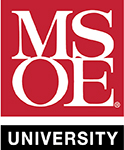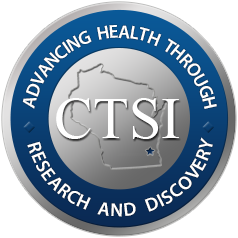Prolactin-induced mouse mammary carcinomas model estrogen resistant luminal breast cancer. Breast Cancer Res 2011 Jan 28;13(1):R11
Date
02/01/2011Pubmed ID
21276249Pubmed Central ID
PMC3109579DOI
10.1186/bcr2819Scopus ID
2-s2.0-84860390313 (requires institutional sign-in at Scopus site) 54 CitationsAbstract
INTRODUCTION: Tumors that express estrogen receptor alpha (ERα+) comprise 75% of breast cancers in women. While treatments directed against this receptor have successfully lowered mortality rates, many primary tumors initially or later exhibit resistance. The paucity of murine models of this "luminal" tumor subtype has hindered studies of factors that promote their pathogenesis and modulate responsiveness to estrogen-directed therapeutics. Since epidemiologic studies closely link prolactin and the development of ERα+ tumors in women, we examined characteristics of the aggressive ERα+ and ERα- carcinomas which develop in response to mammary prolactin in a murine transgenic model (neu-related lipocalin- prolactin (NRL-PRL)). To evaluate their relationship to clinical tumors, we determined phenotypic relationships among these carcinomas, other murine models of breast cancer, and features of luminal tumors in women.
METHODS: We examined a panel of prolactin-induced tumors for characteristics relevant to clinical tumors: histotype, ERα/progesterone receptor (PR) expression and estrogen responsiveness, Activating Protein 1 (AP-1) components, and phosphorylation of signal transducer and activator of transcription 5 (Stat5), extracellular signal regulated kinase (ERK) 1/2 and AKT. We compared levels of transcripts in the ERα-associated "luminal" signature that defines this subtype of tumors in women and transcripts enriched in various mammary epithelial lineages to other well-studied genetically modified murine models of breast cancer. Finally, we used microarray analyses to compare prolactin-induced ERα+ and ERα- tumors, and examined responsiveness to estrogen and the anti-estrogen, Faslodex, in vivo.
RESULTS: Prolactin-induced carcinomas were markedly diverse with respect to histotype, ERα/PR expression, and activated signaling cascades. They constituted a heterogeneous, but distinct group of murine mammary tumors, with molecular features of the luminal subtype of human breast cancer. In contrast to morphologically normal and hyperplastic structures in NRL-PRL females, carcinomas were insensitive to ERα-mediated signals. These tumors were distinct from mouse mammary tumor virus (MMTV)-neu tumors, and contained elevated transcripts for factors associated with luminal/alveolar expansion and differentiation, suggesting that they arose from physiologic targets of prolactin. These features were shared by ERα+ and ERα- tumors, suggesting a common origin, although the former exhibited transcript profiles reflecting greater differentiation.
CONCLUSIONS: Our studies demonstrate that prolactin can promote diverse carcinomas in mice, many of which resemble luminal breast cancers, providing a novel experimental model to examine the pathogenesis, progression and treatment responsiveness of this tumor subtype.
Author List
Arendt LM, Rugowski DE, Grafwallner-Huseth TA, Garcia-Barchino MJ, Rui H, Schuler LAMESH terms used to index this publication - Major topics in bold
AnimalsBiomarkers, Tumor
Breast Neoplasms
Carcinoma
Cluster Analysis
Disease Models, Animal
Epithelial Cells
Estrogen Receptor alpha
Estrogens
Female
Gene Expression Profiling
Humans
Male
Mammary Neoplasms, Experimental
Mice
Mice, 129 Strain
Mice, Inbred C57BL
Mice, Transgenic
Prolactin
Proto-Oncogene Proteins c-akt
STAT5 Transcription Factor
Transcription Factor AP-1









